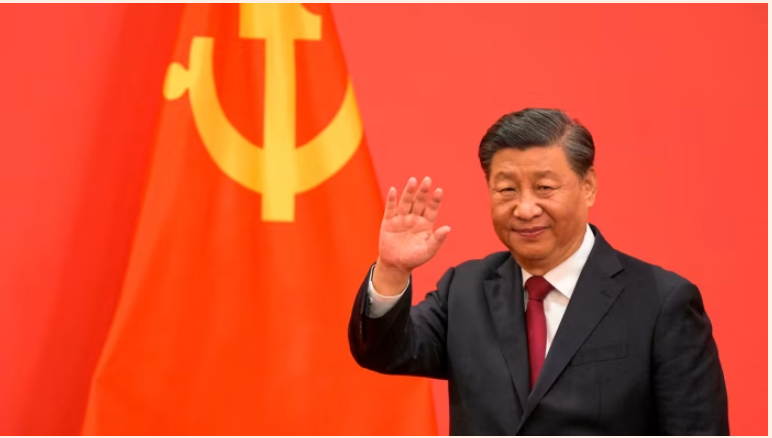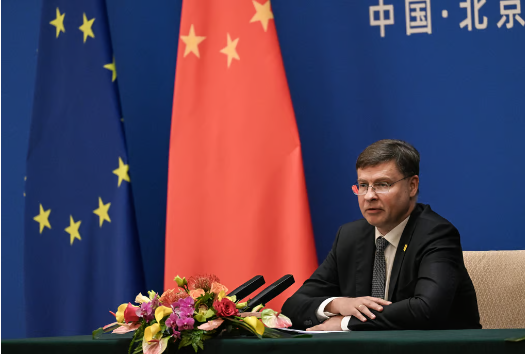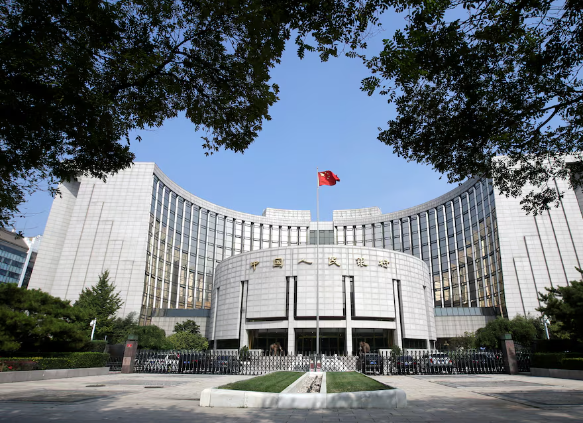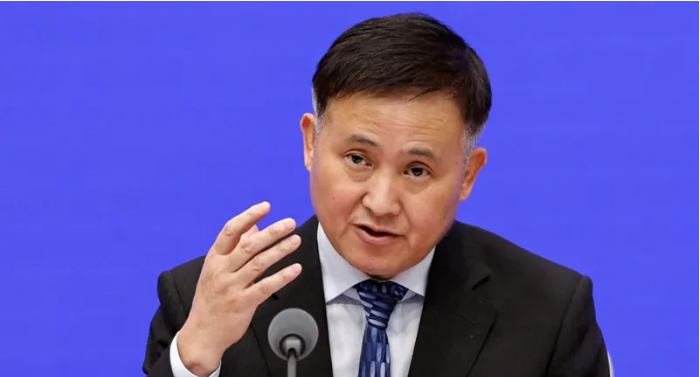As per the government’s official estimate, the US economy grew at a pace of 3% last quarter.
The American economy expanded at a healthy 3% annual pace from April through June, boosted by strong consumer spending and business investment, the government said Thursday, leaving its previous estimate unchanged.
The Commerce Department reported that the nation's gross domestic product the nation's total output of goods and services growth picked up sharply in the second quarter from the tepid 1.6% annual rate in the first three months of the year.
Consumer spending, the primary driver of the economy, grew last quarter at a 2.8% pace, down slightly from the 2.9% rate that the government had previously estimated. Business investment was also solid: It increased at a vigorous 8.3% annual pace last quarter, led by a 9.8% rise in investment in equipment.
The U.S. economy, the world...






